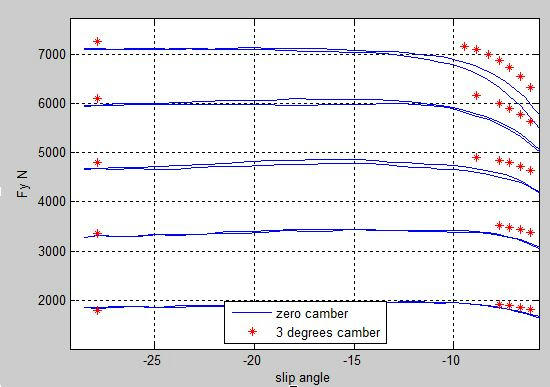MiquelSants
Nuclear
- Oct 29, 2014
- 5
Greetings.
As per the title, the question is as follows:
If I'm facing the car up front, the procedure to determine the IC's and finally the RC seems simple:
- extend lines from upper control arm and lower control arms, check their intersection point
- repeat the step above for the others side
- from the IC's, extend lines to the center of the contact patch of each tire
- where these lines intersect, we should find the RC's
However, on a double a-arm assembly (as depicted here:Link) , each arm (upper or lower) has 2 different attachment points to the chassis.
As such, how to draw the lines from upper and lower arms (so they intersect (if they intersect) and we can find the IC's), considering that there are 2 attachment points to the chassis?
I am aware this is a "basic" question, but I'm trying to figure out exactly how to implement this in my tools (I'm a also a programmer). I am also intent on checking the 3-dimensional coords of IC's and RC's, and not only the usual width & height locations of these.
Thank you for any help.
MS
As per the title, the question is as follows:
If I'm facing the car up front, the procedure to determine the IC's and finally the RC seems simple:
- extend lines from upper control arm and lower control arms, check their intersection point
- repeat the step above for the others side
- from the IC's, extend lines to the center of the contact patch of each tire
- where these lines intersect, we should find the RC's
However, on a double a-arm assembly (as depicted here:Link) , each arm (upper or lower) has 2 different attachment points to the chassis.
As such, how to draw the lines from upper and lower arms (so they intersect (if they intersect) and we can find the IC's), considering that there are 2 attachment points to the chassis?
I am aware this is a "basic" question, but I'm trying to figure out exactly how to implement this in my tools (I'm a also a programmer). I am also intent on checking the 3-dimensional coords of IC's and RC's, and not only the usual width & height locations of these.
Thank you for any help.
MS

